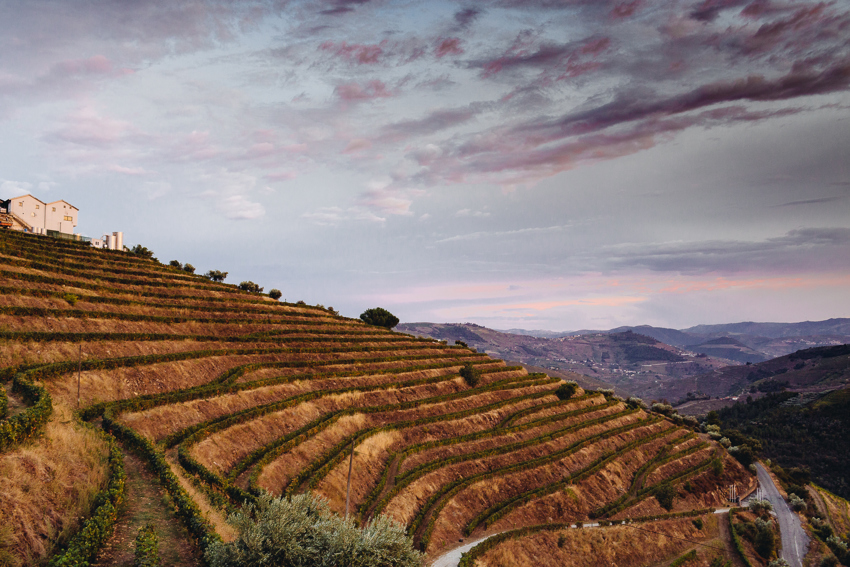Moments in Wine: Spain & Portugal
Spanish and Portugese wines have been travelling the world for centuries. Here are some of the key moments in the history of these two wine producing countries.
Spain
9th Century BC: Earliest Spanish wine made in Iberia
Winemaking in Spain can be traced back to the colonies of the Phoenicians in southern Iberia in the 9th century BC – although they may have traded wine with local Iberians before then. Viticulture would become widespread on the peninsula under the Romans, with Columella noting the profusion of grape growing and winemaking in all corners of Spain.
0AD: Oldest bottle ever discovered is made in Spain
In 2019, archaeologists in Carmona in southern Spain excavated a Roman tomb complex. Inside one votive jar they discovered liquid, which, upon further analysis, proved to be wine. At 2,000 years old, it is the oldest wine ever discovered. The previous record-holder is the Speyer wine bottle found in a Roman tomb and dating to the 4th century AD.
1513: First menion of Aragones (Temporanillo)
The first documented mention of Tempranillo dates to 1807, however, that is only a reference to its most common moniker. A document from 1513 mentions the name ‘Aragones’ – one of the grape’s many synonyms. Although its parent grapes were revealed in 2012 (Albillo Mayor x Benedicto), its true origins are older but, so far, unknown to us.
Portugal
15th century: First vines planted on Madeira
Colonised by the Portuguese in the 15th century, the island of Madeira was soon planted with vines and its wines were sold to ships passing by. Wines that made a round trip and returned to the island undrunk (vinho da roda) were found to have a particular taste from the effects of heat and oxidation that became a popular style.

17th Century: Portugese wine gains popularity in England
Although there is evidence small amounts of Portuguese wine were exported to England in the Middle Ages, Portuguese wine only became widely popular in England in the 17th century. A ban on importing French wine in 1679 led to a boom in Portuguese wine imports.
1679: First account of fortification during fermentation
In 1678, two English wine merchants supposedly find the abbot of Lamego fortifying his wine during not after fermentation, to create a strong, sweet red wine. Ferried down the Douro and shipped from Oporto, it will become immensely popular in England.
1703: Tariffs benefit Portugese wine sold to England
The Meuthen treaty of 1703 awards preferential tariffs to Portuguese wines shipped to England, such that Portuguese wines account for as much as 66% of all imports by 1717, versus just 4% for French wines.
1756: Production of Port regulated and limited to Douro
1756, the Marquis of Pombal seeks to regulate production and delineates the vine growing area of the Douro in which Port must be produced. It is one of the oldest wine appellations in the world.

1776: Declaration of Independence is toasted with Madeira
An extremely popular wine in the fledgling United States, the signatories of the Declaration of Independence (1776) toasted the act with Madeira and it was consumed in prodigious quantities at meetings of the Continental Congress.
